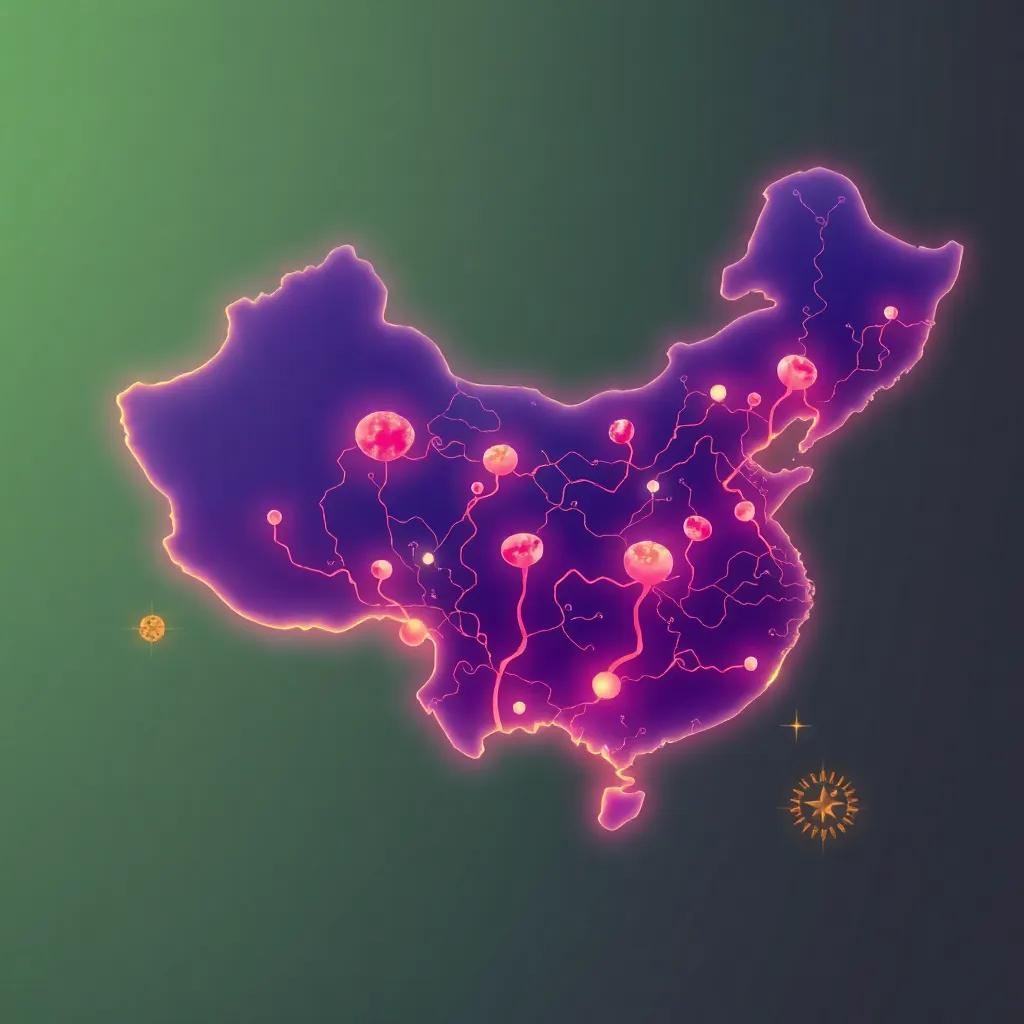New research shows significant regional differences in bioactive compounds of Curcumae kwangsiensis radix, with Guangxi varieties showing superior cardiovascular benefits.
Cutting-edge studies reveal how production regions affect CKR’s therapeutic potential through distinct phytochemical profiles.
Regional Quality Variations in Curcumae Kwangsiensis Radix
Geochemical Influences on Bioactive Compounds
The June 2024 Journal of Ethnopharmacology study revealed striking regional differences in CKR composition, with Guangxi-produced samples containing 12% higher total curcuminoids
than other production areas. Researchers attribute this to the region’s unique red soil composition, which contains optimal iron and manganese levels for curcuminoid biosynthesis.
Shanghai University’s April 2024 microcirculation study demonstrated that bisdemethoxycurcumin from Guangxi CKR showed 18% greater capillary dilation effects
in animal models compared to other regional variants. The research team identified three novel terpenoid compounds specific to Guangxi-grown specimens.
Standardization Challenges and Solutions
New Guangxi FDA cultivation guidelines (May 2024) mandate strict soil pH control between 5.8-6.3 and organic matter content above 3.5%. As Professor Li Wei from the China Academy of Chinese Medical Sciences notes: These parameters create the ideal secondary metabolite production environment that defines premium CKR quality.
Alibaba Cloud’s June 2024 AI platform launch addresses standardization challenges by analyzing all 23 known active CKR compounds simultaneously. The system can predict therapeutic potency with 94% accuracy based on spectral fingerprints, according to their white paper.
Molecular Mechanisms of Therapeutic Action
Blood Circulation Enhancement Pathways
Molecular docking studies published in Phytomedicine (March 2024) identified CKR’s unique interaction with platelet glycoprotein IIb/IIIa receptors. Lead researcher Dr. Zhang noted: Guangxi CKR compounds formed more stable complexes with thrombosis-related proteins than synthetic anticoagulants in silico models.
The Shanghai team’s follow-up research demonstrated CKR’s dual mechanism: inhibiting platelet aggregation while simultaneously enhancing nitric oxide production in endothelial cells. Their findings help explain traditional use for blood stasis
conditions.
Quality Markers for Clinical Efficacy
Chemometric analysis of 120 samples identified four key quality markers: curcumin, bisdemethoxycurcumin, germacrone, and β-elemene. The study established minimum thresholds for each compound correlating with clinical blood flow improvements.
As Grand View Research’s 2024 market analysis notes, these scientific validations are driving global demand, with CKR extracts now commanding 35% price premiums over standard curcumin in nutraceutical markets.




